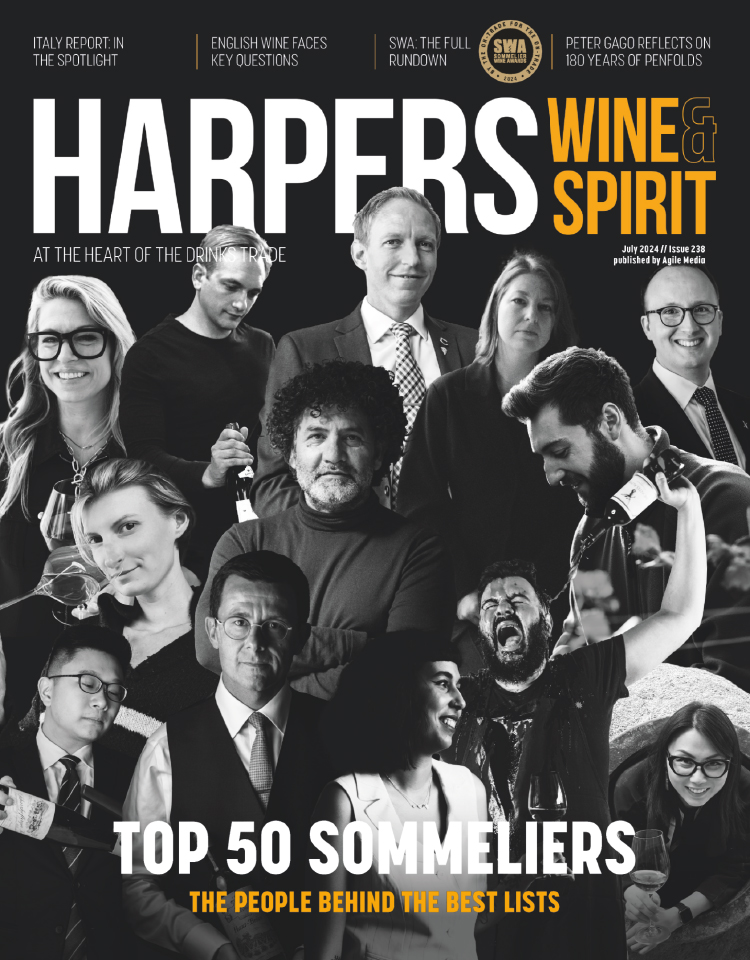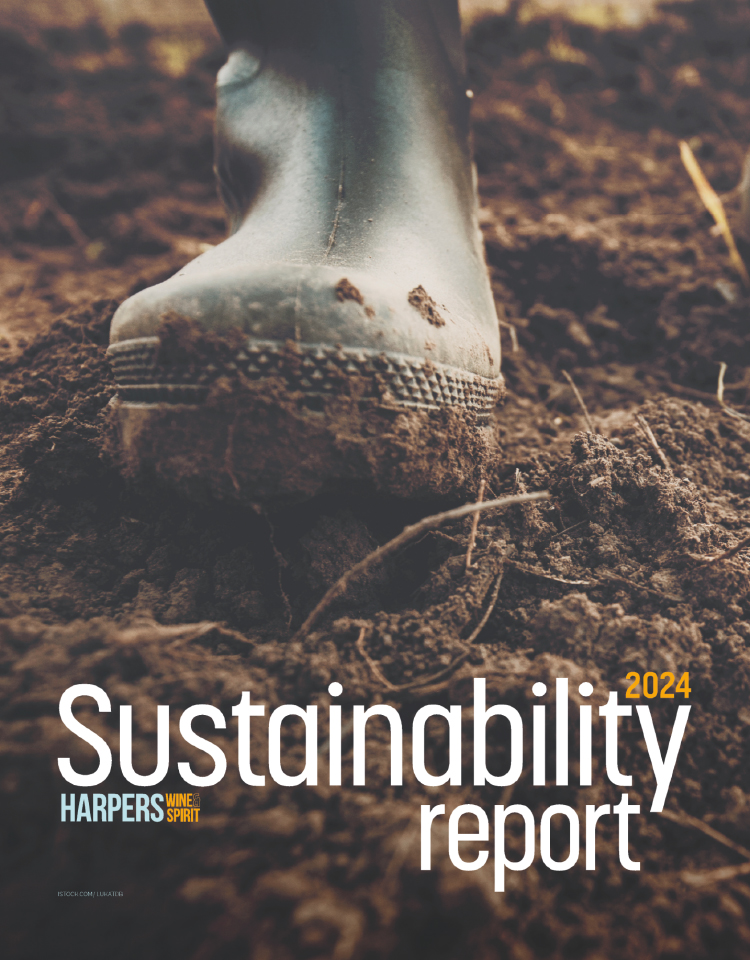Consumers still poorly defined
I have just spent several years studying the UK wine consumer for a PhD thesis, and one factor stands out clearly from this research: the wine trade does not know its consumer.
Consumers do not act in isolation from their environment and neither, as Doug Wregg pointed out (Constellation marketing speak criticised', Harpers, 15 December 2006), can they be confined into seven little boxes as Wine Intelligence and Constellation have done in their WineNation report.
Wine Intelligence consistently produces excellent quantitative data on par with Key Notes and Mintel. It does not, however, produce good qualitative data. This is because the UK wine consumer is a sophisticated creature whose behaviour is culture-, occasion-, situation- and gender-dependant. Although the wine trade may not like it, there are groups of consumers for whom, most of the time, wine is just another alcoholic drink, something bought along with the groceries and about as thought-provoking as a tin of baked beans.
No matter how many new brands are developed, low price will drive the behaviour of these purchasers, for whose creation the wine trade has only themselves to blame. Other consumers will drink wine because they feel that in specific situations they ought' to, classically with meals, and they revert to beer or soft drinks in private. These consumers do not need nurturing' as the wine trade so often rather pompously suggests; they just need a product that suits their needs and purse and then be allowed to get on with it.
Wine trade statistics suggest that women buy more wine than do men in supermarkets. However, the fact that women in a partnership are more likely to pay for the grocery shop than men does not mean that they, women, put the wine in the trolley. Many suggest that they park' their partner in the wine aisle and then pay for the wine along with the rest of the shop. In the WineNation report, no mention is made of the gender roles utilised in partnerships, which are not the same as the buying and consuming strategies used by that same person in family, business or other situations.
The occasion for which the wine is bought and the place in which it will be consumed, whether or not I' will be there when my' wine is consumed, are factors that will influence what is bought, where it is bought, how and with whom it is consumed. This divide between purchasing as an activity and public versus private consumption is key to understanding what the UK wine consumer really looks like, what really motivates their behaviour and whether they are a low-, moderate- or high-involvement consumer.
The factors that influence UK wine consumer behaviour are available in the public domain, not as boxes into which delicate, fearful consumers can be allocated, but as a range of behaviours that can be marketed to, provided that the wine trade accepts that most consumers have a sophisticated relationship with wine, rather than a single group attitude.
Dr Caroline Ritchie, senior lecturer, APCC,
Cardiff School of Management






